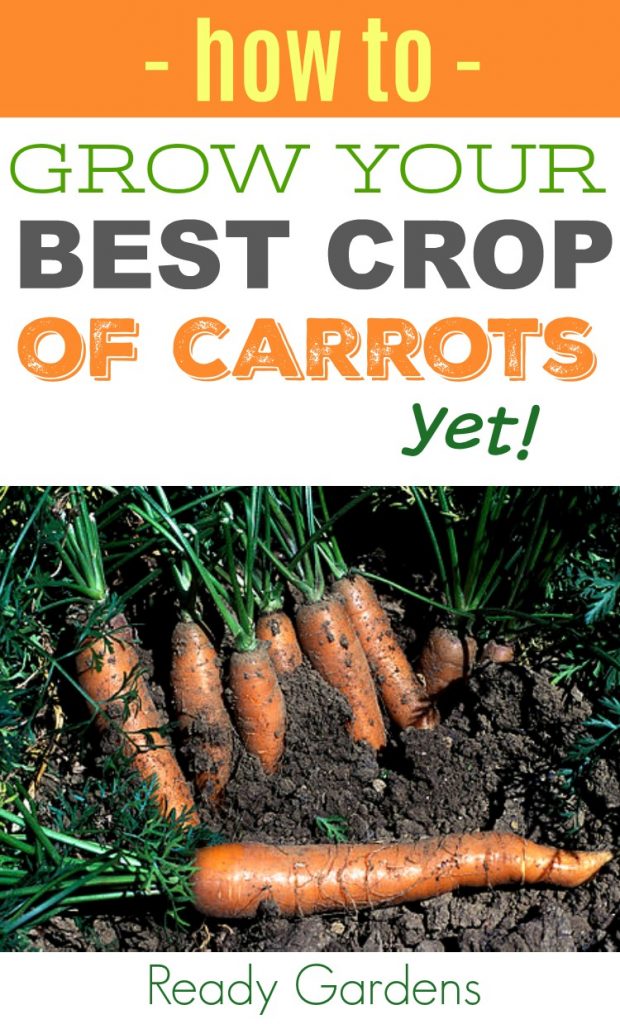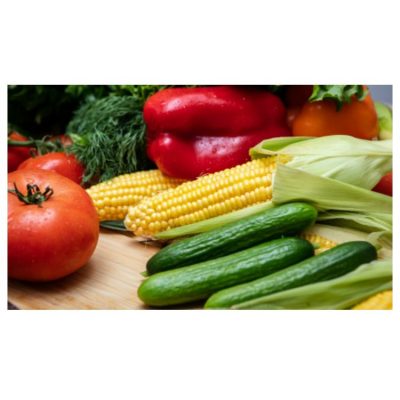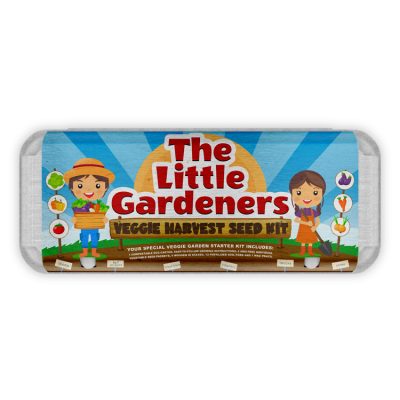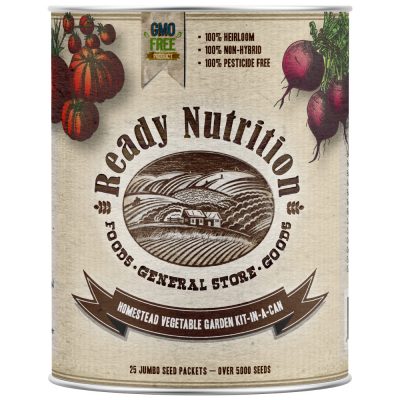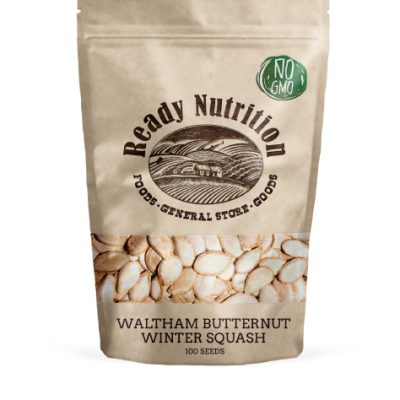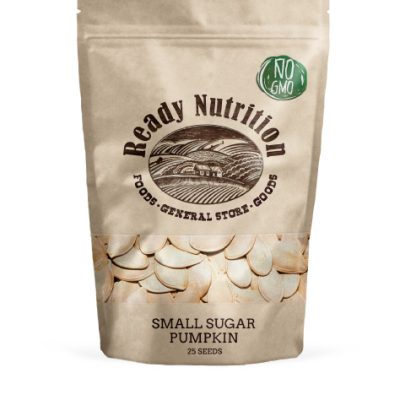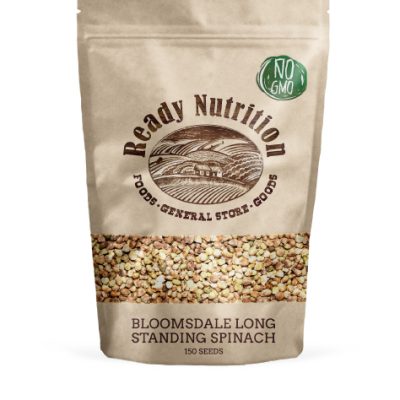If you have patience, carrots are a fun yet easy to grow vegetable. An added benefit is that there are only 25 calories in a medium-sized carrot making them “waistline friendly” like most vegetables. Carrots are also rich in beta-carotene, which converts to vitamin A in the body.
Orange carrots are the traditional standard, but you can try planting white, yellow, crimson, or even purple carrots, too. More important than color, though, is choosing the right root size and shape to suit your soil. Carrot size and shape varies by type, and there are five major categories: Ball-type, Chantenay, and Danvers carrots have blocky shapes that can handle heavy or shallow soil, while slender Nantes and Imperator carrots need deep, loose soil. All types are available in early and late cultivars; many are disease-and crack-resistant.
How to choose the right carrots for your soil:
- Imperator: light, sandy loam soil is ideal for growing Imperator carrots. Choose shorter varieties if your soil is heavy or rocky.
- Ball-type: small, golf ball sized carrots that grow well in heavier soil, such as clay.
- Chantenay: also grow well in heavier soils. Chantenay carrots become sweeter with storage.
- Nantes: perform better in heavier, rockier soils where other carrot types twist and fork.
- Danvers: grow best in the airy loamy soil.
How To Plant
- Double-dig your planting area or build up a raised bed. (Click here for simple instructions on building a raised bed.)
- Loose, rock-free soil is the goal.
- If you have heavy soil, add plenty of mature compost.
- Start sowing this cool-weather crop 3 weeks before the last expected frost.
- Plant again every 2 to 3 weeks after that.
- Most cultivars take 70 to 80 days to mature, so sow your last planting 2 to 3 months before the first expected fall frost.
Rake the soil free of lumps and stones. Plant in rows. Broadcast the seeds for easy weeding. Put a pinch of about six seeds to the inch. They will take 1 to 3 weeks to sprout (they germinate more slowly in cold soil than in warm). One tip: you can always mix in a few quick-growing radish seeds to mark the rows. Cover with ¼ to ½ inch of screened compost, potting mix, or sand. Use a little more in warm, dry areas to make it easier for the delicate seedlings to emerge. Water gently to avoid washing seeds away; keep the soil continuously moist for best germination.
Thinning
Thin to 1 inch apart when the tops are 2 inches high and be sure you are thorough because crowded carrots will produce crooked roots. Thin again 2 weeks later to 3 to 4 inches apart.
Growing
- As the seedlings develop, gradually apply mulch to maintain an even moisture level and reduce weed problems.
- It’s best never to let young carrot plants dry out. However, if the soil dries out completely between waterings, gradually remoisten the bed over a period of days; a sudden drenching may cause the roots to split.
- Carrots’ feeder roots are easily damaged, so hand pull any weeds that push through the mulch, or cut them off just below the soil surface.
- Cover carrot crowns, which push up through the soil as they mature, with mulch or soil to prevent them from becoming green and bitter.
- Carrots are grown from seed and take between two and four months to mature, depending on the variety.
Troubleshooting
Since the biggest threats to carrots are four-footed critters such as deer, gophers, woodchucks, and rabbits, here’s how to keep animal pests from destroying your garden. Besides the animal pests, carrots are fairly problem-free, though there are a few insect pests and plant disease you might run into.
Keep an eye out, particularly in the Northwest, for carrot rust flies, which look like small green houseflies with yellow heads and red eyes. Their eggs hatch into whitish larvae that burrow into roots. Infested roots turn dark red and the leaves black. Infestations usually occur in the early spring, so one solution is to delay planting until early summer when damage is less likely. You can also choose to cover plants with a floating row cover to keep flies away.
Harvest and Storage
- Carrots should be mature and ready for harvest after about 2–4 months, or when they reach at least ½ inch in diameter. You may harvest whenever the desired maturity is reached.
- If you’re growing carrots in the spring and early summer, harvest before daily temperatures get too hot, as the heat can cause carrot roots to grow fibrous.
- Carrots taste much better after a couple of frosts. (A frost encourages the plant to start storing energy—sugars—in its root for later use.) Following the first hard frost in the fall, cover carrot rows with an 18-inch layer of shredded leaves to preserve them for harvesting later.
- To store freshly-harvested carrots, twist off the tops, scrub off the dirt under cold running water, let dry, and seal in airtight plastic bags before refrigerating. If you simply put fresh carrots in the refrigerator, they’ll go limp in a few hours.
- You may leave mature carrots in the soil for temporary storage if the ground will not freeze and pests aren’t a problem.
- Carrots can be stored in tubs of moist sand for winter use.
Did you know carrots aren’t just great for humans? They actually make a great treat for your pets! Try this dog-friendly peanut butter carrot cake for your dog’s next birthday if you’ve got some leftover carrots!
